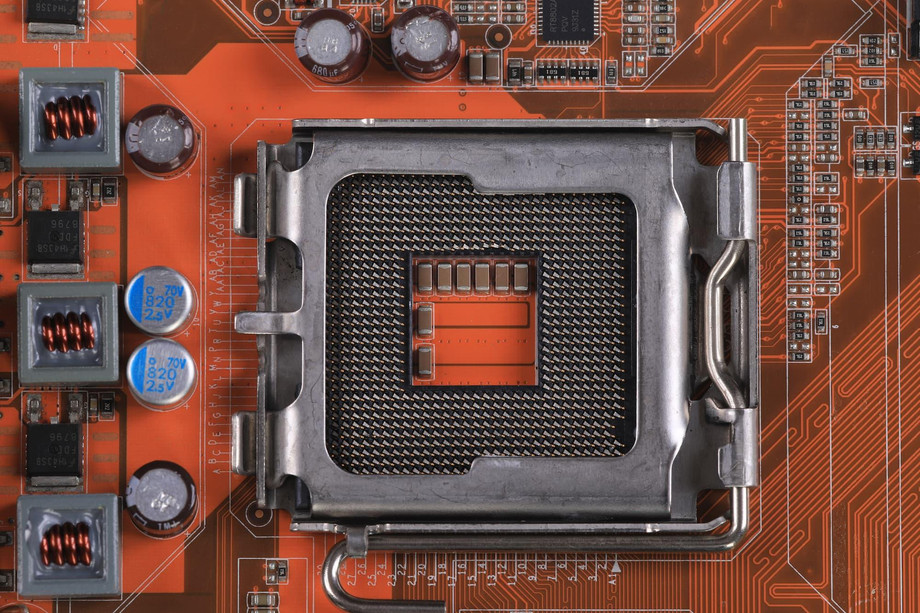As robotics technology continues to evolve, the role of embedded hardware design becomes increasingly pivotal in shaping the capabilities and functionalities of robotic systems. The intersection of robotics and embedded systems has led to significant advancements, allowing for smarter, more efficient, and more versatile machines. This blog explores how innovative embedded hardware design is driving the future of robotics, emphasizing its implications for industries, society, and technological development.
The Rise of Embedded Systems in Robotics
Embedded systems are specialized computing units designed to perform dedicated functions within larger mechanical or electrical systems. In the context of robotics, embedded hardware serves as the backbone, enabling real-time processing, sensor integration, and communication with other systems. The trend toward miniaturization has paved the way for smaller, more powerful embedded systems that can be seamlessly integrated into robotic platforms, facilitating advancements in artificial intelligence (AI) and machine learning.
As robots become more autonomous, the importance of robust embedded hardware design becomes clear. It not only provides the necessary computing power but also ensures reliability and efficiency in various applications—from industrial automation to healthcare and personal assistance.
Key Innovations in Embedded Hardware Design
-
System-on-Chip (SoC) Technology: SoCs integrate multiple components into a single chip, significantly reducing size and power consumption. This technology is particularly advantageous for mobile robots and drones, where space and weight are critical factors. SoCs enable advanced processing capabilities while optimizing energy use, extending operational durations.
-
Advanced Sensor Integration: The integration of sophisticated sensors into robotic systems allows for enhanced perception and interaction with the environment. Embedded hardware can facilitate the processing of data from cameras, LiDAR, ultrasonic sensors, and more. This multi-sensory approach improves situational awareness, enabling robots to navigate complex environments more effectively.
-
Edge Computing: By processing data closer to the source, edge computing reduces latency and bandwidth usage. Robots equipped with edge computing capabilities can make real-time decisions based on sensor data without relying on constant connectivity to cloud servers. This is particularly critical in applications where immediate responses are essential, such as in autonomous vehicles or emergency response robots.
-
Energy-Efficient Designs: The push for sustainability has led to innovations in energy-efficient embedded hardware. Low-power microcontrollers and energy harvesting technologies are enabling robots to operate longer on limited power sources. These advancements are essential for mobile robots operating in remote areas or for applications that require prolonged functionality without human intervention.
Transforming Industries Through Robotics
The impact of innovative embedded hardware design extends across multiple industries. Here’s a closer look at how robotics is transforming various sectors:
1. Manufacturing and Automation
In manufacturing, robotic systems driven by advanced embedded hardware are streamlining processes and improving productivity. Collaborative robots, or cobots, work alongside human workers, enhancing efficiency and safety. With improved sensor integration and real-time processing capabilities, these robots can adapt to changing environments and tasks, ensuring a more flexible manufacturing approach.
2. Healthcare
The healthcare sector is witnessing a surge in robotic applications, from surgical assistants to rehabilitation devices. Embedded hardware plays a crucial role in the precision and reliability of these systems. For instance, robotic surgery relies on highly accurate movements and real-time data processing to ensure patient safety. As technology advances, we can expect to see more personalized and responsive healthcare solutions.
3. Agriculture
Agricultural robots equipped with innovative embedded systems are revolutionizing farming practices. From automated harvesting to precision planting, these robots optimize resource use and improve crop yields. With the integration of AI, these machines can analyze data to make informed decisions, reducing waste and enhancing sustainability.
4. Logistics and Supply Chain
In logistics, robotics is streamlining operations in warehouses and distribution centers. Autonomous mobile robots (AMRs) powered by sophisticated embedded hardware can navigate complex environments, manage inventory, and assist in order fulfillment. This efficiency reduces labor costs and enhances the speed of operations, providing a competitive edge in the ever-demanding e-commerce landscape.
Challenges and Considerations
Despite the promising advancements, several challenges remain in the integration of embedded hardware into robotics. Issues such as cybersecurity, interoperability, and scalability must be addressed to ensure safe and efficient robotic systems. As robots become more interconnected, the potential for vulnerabilities increases, necessitating robust security measures in embedded designs.
Moreover, ensuring that different robotic systems can communicate and work together seamlessly is essential for maximizing their potential. As industries adopt these technologies, developing standards and protocols will be critical to facilitate interoperability.
Conclusion: Embracing the Future
The future of robotics is intricately linked to innovations in embedded hardware design. As we move forward, the ongoing development of advanced embedded systems will enable robots to become more intelligent, autonomous, and versatile. This transformation holds the promise of improved efficiencies across various industries, enhancing productivity and quality of life.
To remain competitive in this rapidly evolving landscape, businesses and developers must embrace these technological advancements, focusing on the integration of cutting-edge embedded hardware. By doing so, they will not only contribute to the advancement of robotics but also play a significant role in shaping a future where intelligent machines enhance human capabilities and improve our everyday lives.
To Know More About embedded hardware design

